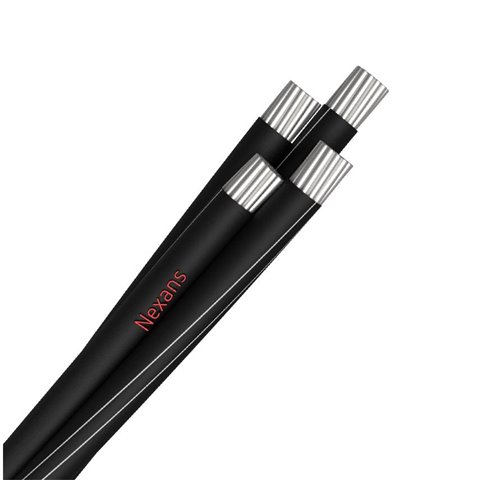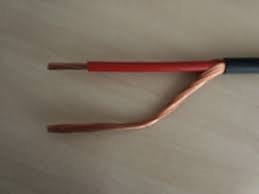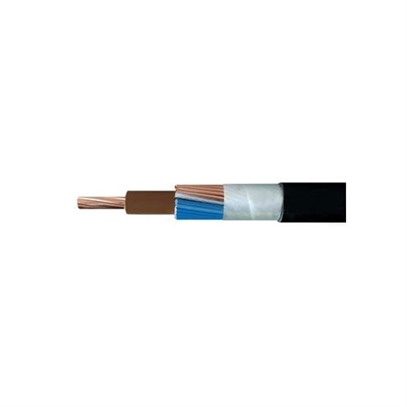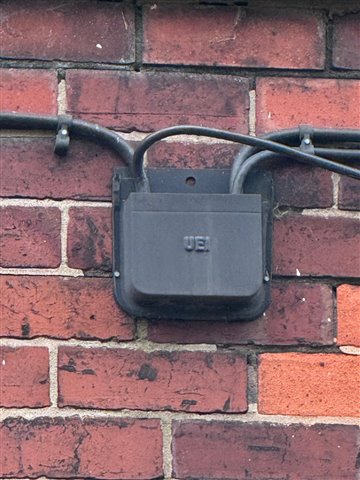Sourcing electrical switchgear from online retailers but Chinese.
This is not meant to be a slur on foreign products.
I was looking at spd devices, as I may need to install a type 1 + 2 device. The costs of these is considerable, and when operating in the domestic sector, the passing of these costs to the customer often results in what is perceived to be an overpriced quote and the work is won by a less informed electrician who may happily install a type 2, unaware that the overhead supply cable may require a type 1.
In my research have seen devices that are far cheaper than the European counterparts but made in china. I have downloaded the datasheet for the device and seems to have the iec ratings and descriptions. The company is called Geya Electrical. What are the opinion on these products. Historically, China may have been produced low end manufacturing but are now turning out high end technologies...




